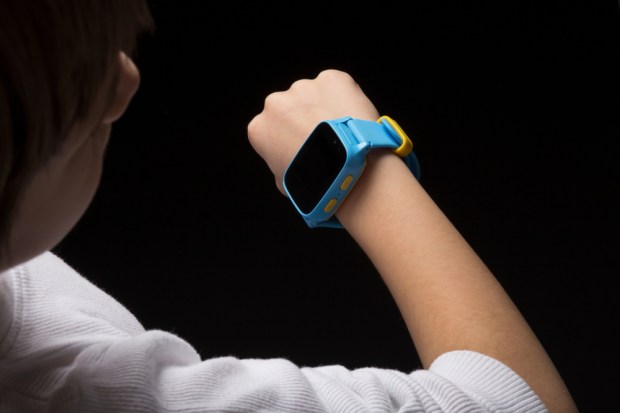Will Children Point The Way Forward For Wearables?

Children are the future — that’s just a biological fact, and the theme of an old Whitney Houston song. And when it comes to wearables, children may indeed encourage future growth, and perhaps even enable a challenge to Apple.
Wearable devices such as smartwatches and fitness trackers make up one of those areas of payments and commerce that often seem to have more future potential than current significance. That might not be entirely unfair, but growth is happening.
Wearables Market
In 2017, global shipments of wearable devices “reached 115.4 million units, up 10.3 percent from the 104.6 million units shipped in 2016,” with Apple moving past Fitbit and Xiaomi for overall leadership.
“Interest in smartwatches continues to grow, and Apple is well-positioned to capture demand,” said Ramon Llamas, head of wearable research for IDC. “User tastes have become more sophisticated over the past several quarters, and Apple pounced on the demand for cellular connectivity and streaming multimedia.”
That said, the wearable sector is experiencing a slowdown in the rate of growth for device shipments, in part because some vendors that sold older models have left the market, IDC said, adding that the next generation of wearables coming online should ensure continued and healthy growth.
Enabling payments and commerce via wearables is also a work in progress, even if the transaction potential, on the surface, appears obvious — without worrying about their phones, or maybe even their keys, consumers can store what they need on a device that attaches to their clothes or functions as an accessory or piece of jewelry.
Corporate payments, including travel expenses, is one area that has yet to find wide use with wearables, though companies are trying to figure out how to do so in an ecosystem that involves multiple players. American Express, Mastercard and Visa have all enabled their commercial cards to work with Fitbit Ionic, and Mastercard and Visa have enabled theirs for the Vivoactive 3 smartwatch.
That said, business travelers have been slow to adopt use of mobile wallets altogether, too, despite the card companies eventually supporting the use of these mobile wallets with their commercial cards in 2015.
Wearables for Children
Will children show more enthusiasm for wearables?
That’s the hope of Fitbit. Last month, the company introduced its Fitbit Ace via a $100 offer geared specifically to children. Like the adult model, the product will track steps, active minutes and number of hours slept each night. The Fitbit will also push activity notifications for their young wearers if its sensors determine the user is sitting still for too long.
The Fitbit announcement made a splash, but the Ace was not the first wearable aimed at children. Garmin offers a vívofit jr., a youth-focused version of its vívofit wristband. Leapfrog, meanwhile, offers kid-centric smartwatches and other wearables.
Those products, designed for children, lack payment capabilities, but the idea is to get kids used to wearable technology and hope they continue to use it as teenagers and adults. If those consumers stick to the brands they have known since childhood, that could pose a threat to Apple’s smartwatches, some observers say, as that product is made for adults, not kids.
Wearable Questions
Wearables have certainly had their setbacks and apparent duds — Google Glass, for instance — and face important, largely unsolved questions. “The main problem isn’t wearable payments technology as a concept, but the fact that the infrastructure to accommodate it isn’t really in place,” said Monica Eaton-Cardone, CIO of Global Risk Technologies.
Security, too, remains a challenge for the future popularity of wearables, as perceived holes or real breaches could turn away consumers. The threat comes not only from professional criminals, but also from so-called “family fraud,” which generally refers to unauthorized purchases made by children via their parents’ payment channels.
“Most wearable devices capable of making payments are single-factor, meaning that anyone who knows the passcode to unlock the device may be able to make a purchase,” she said. “In contrast, two-factor devices would typically employ a biometric component alongside the passcode unlock. This approach is exponentially more secure, as biometric scanners are much harder to spoof than a simple passcode.”
Still, development in wearables continues, with new partnerships and products regularly being announced. Most recently, Wirecard and Mastercard said they would expand their ongoing work to promote contactless payments by focusing more on wearables. Specifically, the expanded partnership will immediately make Wirecard available in Germany via Garmin Pay. The firms said that additional projects are in the works that will make mobile payments available via smartwatch.
Wearables will certainly experience more investment and development in the coming years. If the children start liking the technology and get used to having it in their daily lives, that may lead to new opportunities for payments and commerce providers.
